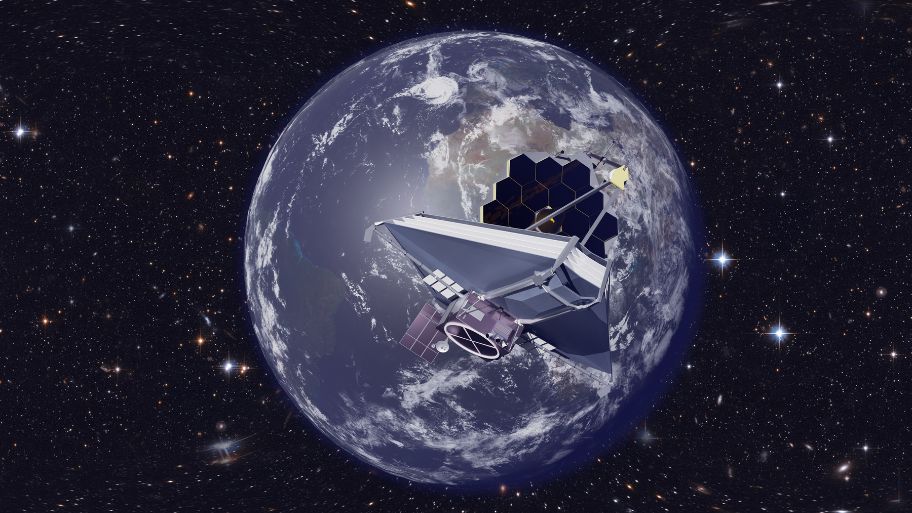NASA’s James Webb Space Telescope caught a unique picture of one of the most massive and brightest stars in the known universe as it was about to go supernova.
In June of 2022, the space agency made the discovery, but it has only recently been made public. The star is now in its Wolf-Rayet phase, which is the portion of a star’s life cycle that begins before the transition to a supernova explosion.
The Webb telescope identified the star, designated WR 124, and located 15,000 light years away, as it shed its outer layers, which reflected back glittering light and halos of dust and gas. Supernovae are of great interest to scientists due to the importance of their expelled dust on the composition of the solar system. Cosmic dust is linked to the birth of planets, the protection of young stars, and the grouping together of molecules.

The Milky Way galaxy is believed to have evolved when a giant star burst near a cloud of dust and gas and then collapsed on itself, according to Science Daily.
According to CNN, “This is Carl Sagan’s stardust notion, the idea that the iron in your blood and the calcium in your bones were physically created inside a star that burst billions of years ago.” “And this is what this new photograph depicts. This dust is dispersing throughout the universe and will eventually form planets. In reality, this is how we arrived here.”
The James Webb Space Telescope is anticipated to continue sending observations until 2026 after its launch on Christmas Day, 2021. NASA stated that it expects the observatory to continue operating for at least another five years.
